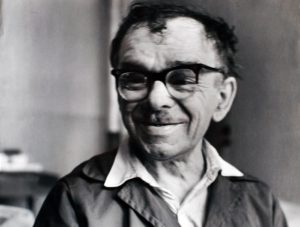
1895 - 1968
Nikifor Krynicki

description
A Polish and Ukrainian (Lemkiv) self-taught artist. Recognized in the world of fine art as one of the largest naive artists.
It is surprising that Nikifor, an unfathered and absolutely lonely, almost deaf and tongue-tied, almost illiterate beggar, showed tremendous perseverance in achieving the goal he set for himself. He wanted to become “Mateiko from Krynica”, not knowing yet that this ironic nickname was the name of a famous artist. He became Nikifor, whom even the entire artistic world knows without a surname. The colossal ability to work and the desire to draw made it possible for the number of works created by him to appear in the history of fine art. That is not including those which were destroyed because they were used as a kindling, offered as payment for a piece of bread, those that disappeared from the chest when Nikifor was arrested on suspicion of espionage, those partially unaccounted and undried, which were bought by fans, who came to Krynica to the famous old incurably sick primitivist.
The legacy that he left is colossal – there are up to 40 thousand preserved works. Currently, his works are in various art collections of galleries and museums, as well as significant private collections. Most of the paintings are exhibited at the regional museum of Nova Sacz and at the Nikifor Museum in Krynica (opened in 1995). The original artist became the hero of the film “My Nikifor” (K. Krause, 2004). The monuments of Lemko Nikifor (Epiphanius) Drovniak, who was given documents with the name Nikifor Krynitsky in his Polish motherland, were installed in Krynica and in Lviv.
Key ideas:
– Judging by the earliest preserved works from the 1920s, one can see how many efforts Nikifor-Epiphanius put to improve his skills endlessly correcting wrong lines.
– He enthusiastically depicted the world, arbitrarily (not mindlessly, but according to the idea) complementing the images of nature, architectural and interior realities with non-existent details, often fantastic. He painted churches outside and inside with great love, the saints and himself near them or instead of them. And this was not a blasphemy, but his worldview.
– Paintings by Nikifor are distinguished by the decorative expressiveness of a clear pattern and a subtle sense of color. He preferred the contrast of colors and harmonious rhythm. Unusual fantasy allowed him to draw what he had never seen – majestic skyscrapers and entire cities from a bird’s eye view, airplanes and elegant women, whose proximity he never knew.
– Nikifor sought – and succeeded in this – to turn gray gloomy buildings into luxurious bouquets and “build” blooming city blocks of them.
– Being a social outcast, a homeless wanderer, he not only did not become embittered, but also preached harmony and love with his “pictures” (as he called his works). However, he acutely felt lonely and named one of his works as “No one is near Nikifor”.
1895
1900 - 1910
1930
1938 - 1940
1947
1949
1956
1957
1958
1959
1960
1962
1964 - 1968
1968
The artist was born
The first fee
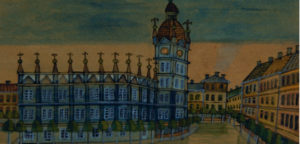
The talent of the self-taught man was discovered by Ukrainian artist R. Turin
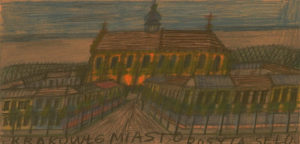
105 works by Nikifor were shown at the exhibition “The Art of self-taught” in Lviv
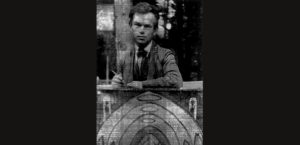
Operation "Vistula"ция «Висла»
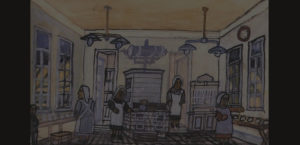
The Exhibitions
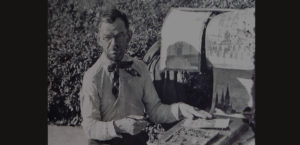
57 works by Nikifor were selected for the London exhibition
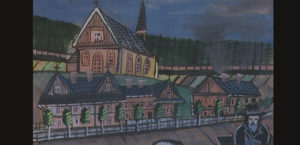
He received a silver medal
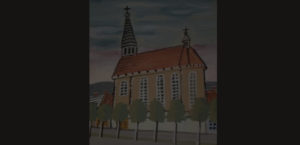
“Nikifor, master from Krynitsa”
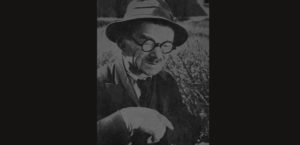
100 works in the Diny Vierny Gallery won the hearts of the experienced audience
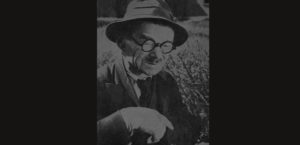
The retrospective large exhibition
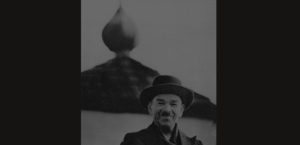
"Beggar"
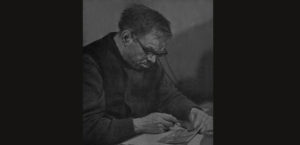
The exhibition took place in Lviv and Kiev
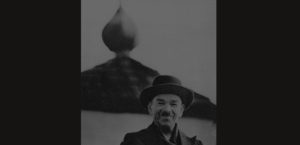
His heart stopped beating
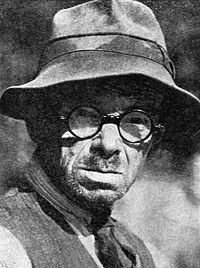
In 2003, the Polish Mushinsky Court claimed that Nikifor Krynitsky was Epiphanius Drovniak, as stated in the metric written by Fr. Nicholas, a minister of the Greek Catholic Church in Krynica. In 2005, the Lemkos community took the initiative to build a monument to the artist; its author became Cheslav Dzvigaj. The monument to Nikifor was installed in 2006 in Lviv.
